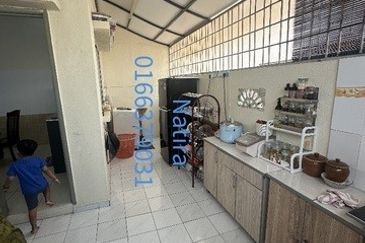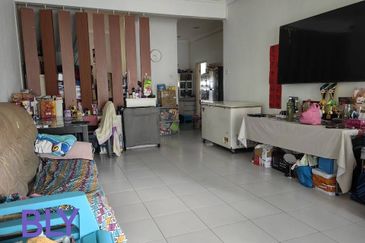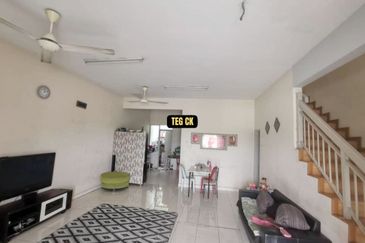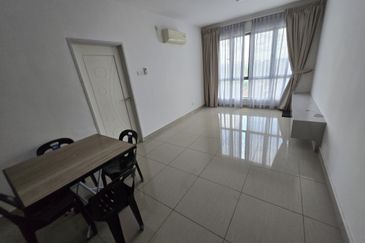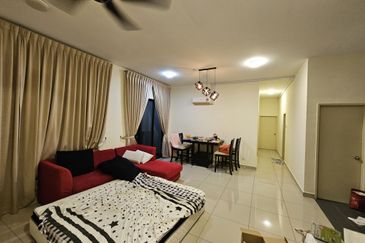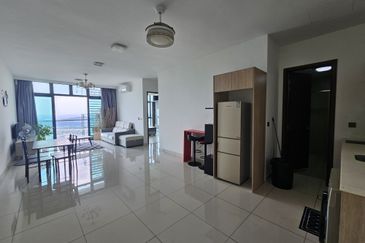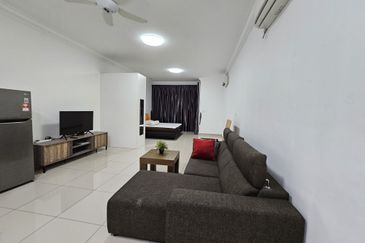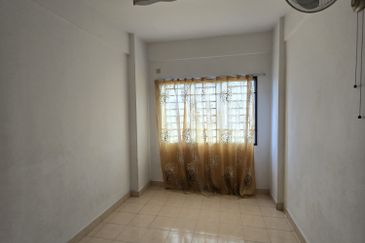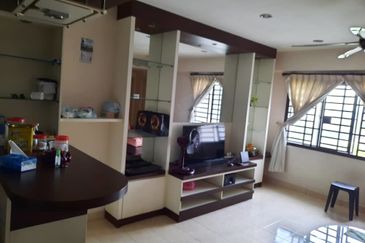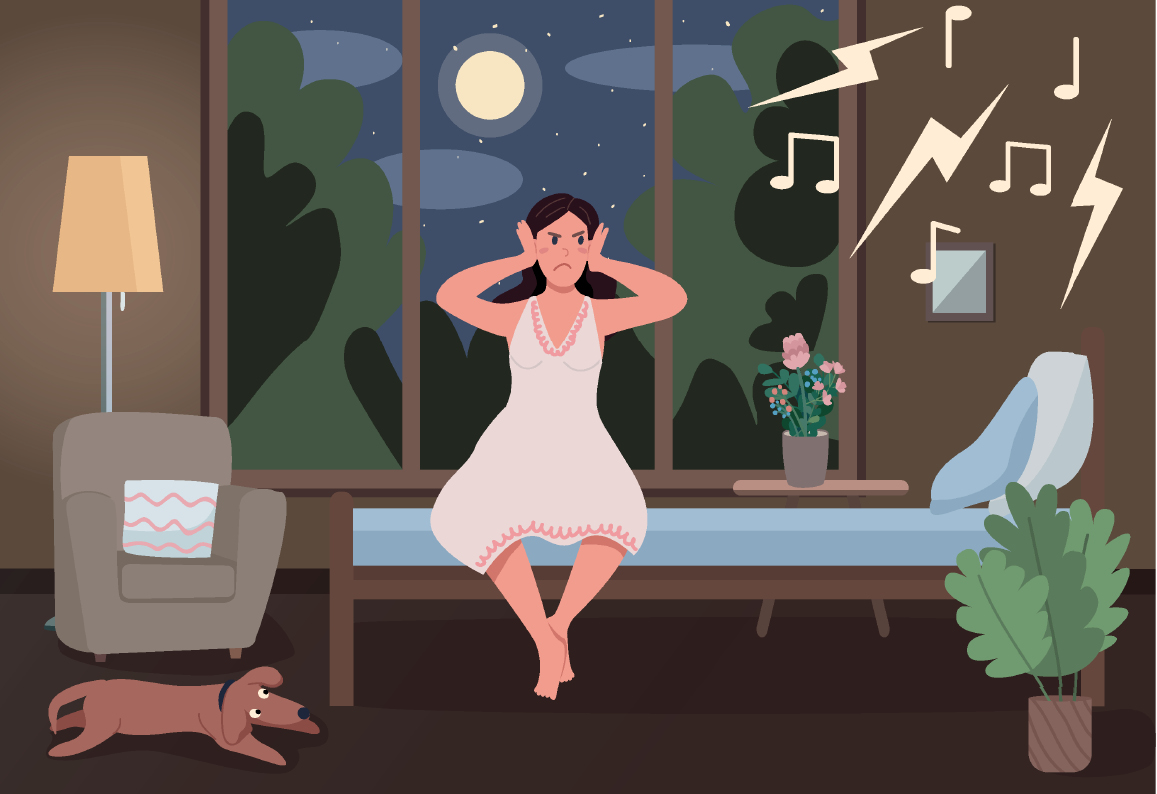
In this day and age, there is plenty of information, guides, articles, tools and checklists available online that can help you to shop for your perfect dream home. More often than not, you will be advised to conduct the necessary due diligence on the subject property and legal owner.
However, one aspect often neglected is to check the calibre of those living next door. In some cases, you would not even know who your neighbours are, especially when buying property in the primary market (direct from developer), and only come to suffer later when you find out your neighbour is a real pain.
Although no fault of your own, a bad neighbour can take a huge toll on your life. From rowdy mid-week or wee-hour parties to dogs that bark incessantly and cats’ faeces at your doorstep, the excesses of inconsiderate neighbours are among the most annoying aspects in community living.
Our current ineffective legal framework
Legally speaking, the annoyance caused by your neighbour can be classified as nuisance, which is a branch or subset of the big tree of tort of law.
After exhausting all available diplomatic means and self-help remedies to counter such “hellish” neighbours, such as having peaceful talks with them, complaining to the local authority and lodging police reports, but to no avail, then the last resort would be to take legal action in the courts of law.
However, many will know this is not economically viable in most instances as legal fees are expensive and the process would be time consuming.
To fill this gap, in our humble view, there is a need for legislative intervention from the government to address this prevailing social issue of problematic neighbours.
We need a law that can, among other things, facilitate the resolution of community disputes in a speedy, inexpensive and effective way. As we seek to explore some possible features of our proposed new law, it may be instructive for us to refer to our permanent neighbour down south for its Community Disputes Resolution Act, 2015 (Singapore CDRA) as a starting guide.
Defining ‘neighbour’
By taking the cue from the Singapore CDRA, there are a few salient features that our proposed new law should encompass.
For starters, it should only be confined to residential properties. (In the Singapore CDRA, the phrase “place of residence” is used throughout the legislation).
It is also instructive to note the word “neighbour” used in the Singapore CDRA refers to a person who lives in the same building as you or lives within a 100m radius of your place of residence, but does not include a person who lives in the same place of residence as you.
Interference (nuisance)
Generally, in order to establish the tort of nuisance, you must prove that the act or omission of the neighbour has caused unreasonable interference with his or her enjoyment or use of the place of residence. For better illustrations, the Singapore CDRA lists down 10 examples of interference by the neighbour (not exhaustive), namely:
1 Causing excessive noise, smell, smoke, light or vibration
2 Littering at or in the vicinity of your place of residence
3 Obstructing your place of residence
4 Interfering with your movable property
5 Conducting surveillance on you or your place of residence, where the surveillance is done at or in the vicinity of your place of residence
6 Trespassing on your place of residence
7 Allowing his or her animal to trespass on your place of residence, to cause excessive noise or smell, or to defecate or urinate at or in the vicinity of your place of residence
8 Verbally vulgar, abusive and intimidating nature
9 Damaging common facilities and property
10 Causing mischief, distress and annoyance
These examples can serve as a guide to shed light on the prospective complainant when he or she is contemplating filing a claim in the tribunal for the interference caused by his or her neighbour.
It is important to note that it is ultimately up to the tribunal to decide whether or not a particular act is tantamount to nuisance or unreasonable interference based on the facts and circumstances of each case.
Tribunal — dispute resolution mechanism
Central to our proposed new law is the establishment of a quasi-court in the form of a tribunal, acting as an accessible and efficient platform for individuals to resolve their neighbour disputes.
A special tribunal ought to expedite the resolution of neighbour disputes, as the proceedings are less formal compared to the conventional courts of law, and more importantly, cost- efficient. As with any other tribunal, only the party to the proceedings can present his or her own case, without representation by any lawyer, unless otherwise ordered by the tribunal.
This special tribunal should be given powers to grant orders which could typically be made by the conventional courts, such as damages, specific performance, injunction, etc. Perhaps it may be a good idea to direct the parties involved to mandatorily attend mediation before the case is being heard by the judge, as mediation has a high success rate for a dispute of this nature.
It is foreseeable that there would be a limit on the monetary jurisdiction imposed on this special tribunal. In the Singapore CDRA, the maximum monetary order that its tribunal can grant is S$20,000 (RM61,007). As such, more studies and research need to be carried out in establishing the monetary jurisdiction for this special tribunal.
Further, all checklists, prescribed forms and documents necessary for the filing of a claim, as well as clear guidelines, processes, list of registration fees and ‘frequently-ask-questions’, should be made available on a website, so as to render it accessible, more user-friendly and easily understood by the general public.
High time for such a law
Just like the proposed Residential Tenancy Act, it is high time that our lawmakers should give our proposal a serious thought in order to put an end to the woes caused by the neighbours from hell.
Perhaps the proposed law governing neighbourly behaviours should be merged with the Residential Tenancy Act to make it more complete. However, as with any law enactment process, we should not just adopt the law from other countries blindly without taking into account our own social, culture and economic circumstances.
There needs to be robust discussions and in-depth studies by the relevant stakeholders before codifying this into a law, and thus turn our neighbourhoods into better places to live for our rakyat.
This article is jointly written by Pang Saw Pin, one of the legal advisors of the National House Buyers Association (HBA) and Datuk Chang Kim Loong, the honourary secretary-general of HBA, a voluntary non-government and not-for-profit organisation manned wholly by volunteers.
HBA can be contacted at: Email: [email protected]
Website: www.hba.org.my
Tel: +6012 334 5676
This story first appeared in the EdgeProp.my e-Pub on Nov 27, 2020. You can access back issues here.
Get the latest news @ www.EdgeProp.my
TOP PICKS BY EDGEPROP

S2 HEIGHTS(SEREMBAN 2)
Seremban, Negeri Sembilan
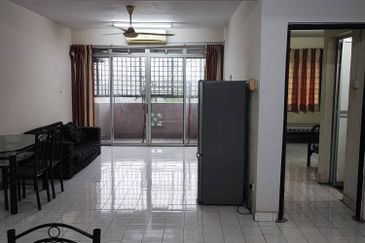
Apartment Tanjung Puteri Resort
Pasir Gudang, Johor

D'Ambience Residences (Ikatan Flora), Bandar Baru Permas Jaya
Permas Jaya/Senibong, Johor
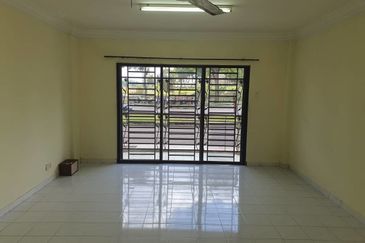
Seri Mutiara Apartment, Bandar Baru Seri Alam
Masai, Johor



